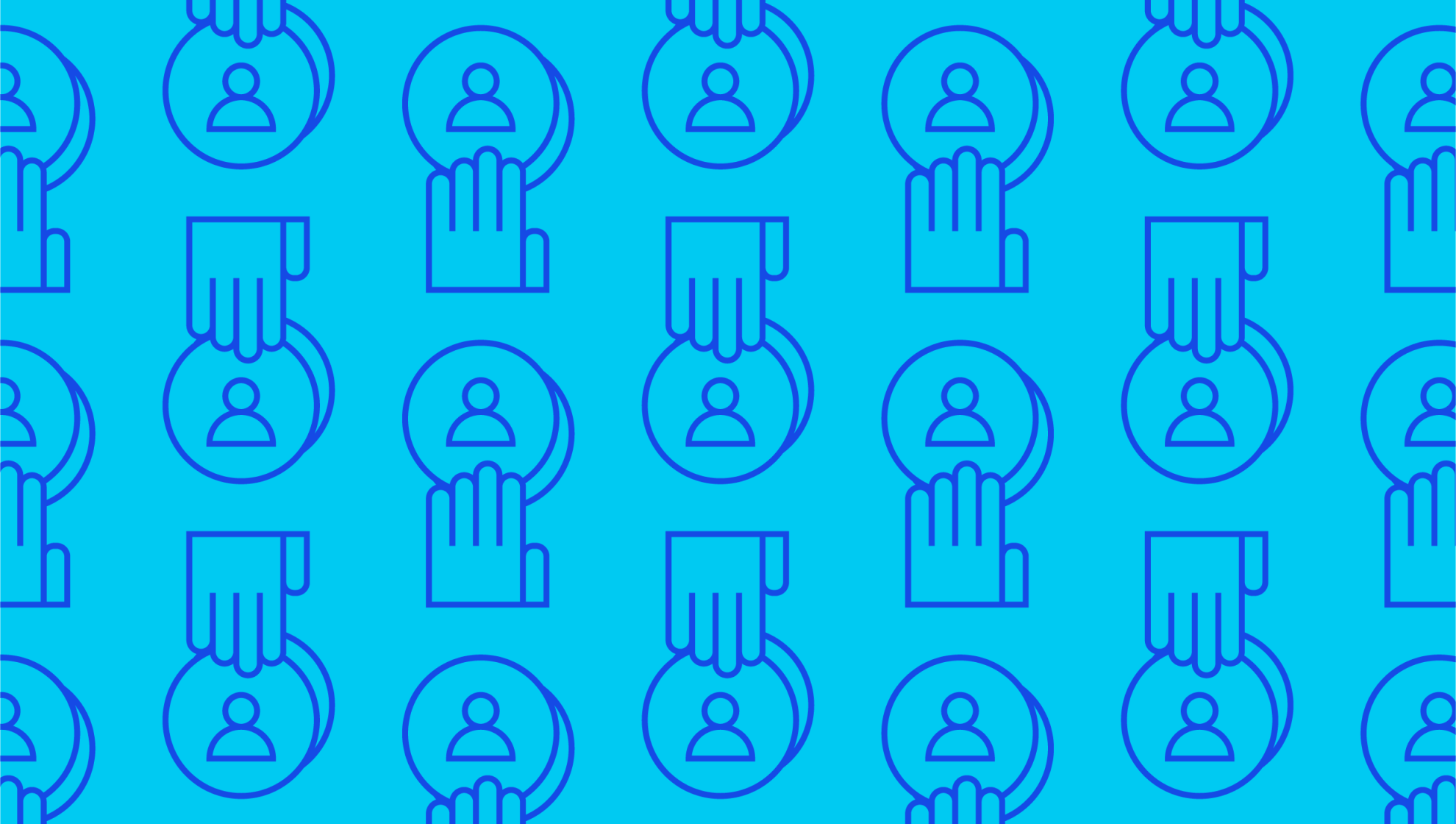Last editedApr 20213 min read
No business wants to lose customers. It not only impacts your revenue and bottom line, but can also have a spiralling impact on your brand reputation. Here’s how to analyse customer churn so you can boost retention rates instead.
What is churn and how is it calculated?
Customer churn is a term referring to the ratio between the number of customers lost and the number of customers retained. The ratio is calculated over a specific period, whether it’s a month, quarter, or year.
Here’s what this would look like, expressed in a formula:
Churn = (Beginning Customers – Remaining Customers) / Beginning Customers
Essentially, it shows you how many customers have left your company during the period in question. A higher churn percentage shows that you’re losing more customers.
So, why is this so important? High churn rates indicate that your business could be in financial trouble. If you can’t retain your existing customers, this indicates that there might be fundamental problems with your products or services.
Additionally, it costs exponentially more money to acquire new customers in relation to keeping existing ones. When you lose existing customers, you��’re losing all the future revenue they would generate.
Causes of customer churn
The first step towards analysing and reducing customer churn is to understand why it happens. Here are a few of the most common scenarios.
Poor customer service: Do you respond to customer queries and follow up on bad reviews?
Low-quality products: Does your business provide something of value to the customer?
Ineffective onboarding: Can your customers figure out how to use your products?
High level of competition: Are you working in a saturated market with lots of competition?
Sometimes, customer churn is due to no fault of your own. Instead, it’s due to errors outside of your control. When this happens, it’s called involuntary churn and refers to the situation where a customer’s attempt to pay fails. Rather than returning to try and pay again, the customer simply moves on. Payments might fail due to expired bank cards, frozen accounts, or a host of other banking issues.
How to analyse customer churn
In addition to looking at these root causes, there are some analysis techniques you can use to work out the reasons behind a churn rate.
Catch a churn rate uptick early.
You can use KPIs like increases in missed payments as an early indicator that something’s gone wrong. Are subscribers starting to downgrade their plan, or is less time being spent on a certain subscription service? It’s time to look into the problem.
Use the 4 W’s of analysis.
Utilise a 4W framework to analyse what’s happening with your customer churn.
Who – Are there certain customer segments turning away?
Why – Is churn due to voluntary or involuntary reasons?
When – Is churn in the beginning or late stages?
Where – Are there certain geographical regions contributing to the churn?
Customer segmentation, geographical analysis, and financial analysis are all ways to discover the trends driving your customer churn.
Tips for reducing churn rates
Once you’ve identified a high churn risk through analysis, it’s time to fix the problem. Reducing customer churn isn��’t something you can do overnight; it requires a deeper understanding of customer needs. Here are a few tips to get started:
1. Use analytics
In 2021, analytics are at the core of business modelling. You can choose from a wide range of analytics software designed to give you deeper insight into customer behaviour. You can use these tools to compile reports, analyse trends, and ultimately cut down on any trouble spots to improve churn rates.
2. Educate your customers
Could the problem be that your customers don’t understand how to engage with your product or service? Make sure they have the support needed to derive maximum value. Free tutorials, product demos, and excellent customer service all come into play.
3. Boost engagement
Along with great customer service comes the need for consistent engagement. You can improve customer retention by encouraging customers to engage with your services. Offer a multimedia experience combining social engagement with positive onboarding.
4. Learn from negative feedback
No business likes to receive negative reviews, but without these you won’t understand what’s driving customers away. Customer complaints offer a treasure trove of data to analyse. You need to remember that negative reviews are public and could encourage additional customers to leave, creating a high churn risk. Make sure your customers feel seen and heard with feedback of your own.
Through a combination of data-driven analysis, high-value services, and excellent customer engagement, you can improve churn rates.
We can help
GoCardless helps you automate payment collection, cutting down on the amount of admin your team needs to deal with when chasing invoices. Find out how GoCardless can help you with ad hoc payments or recurring payments.

